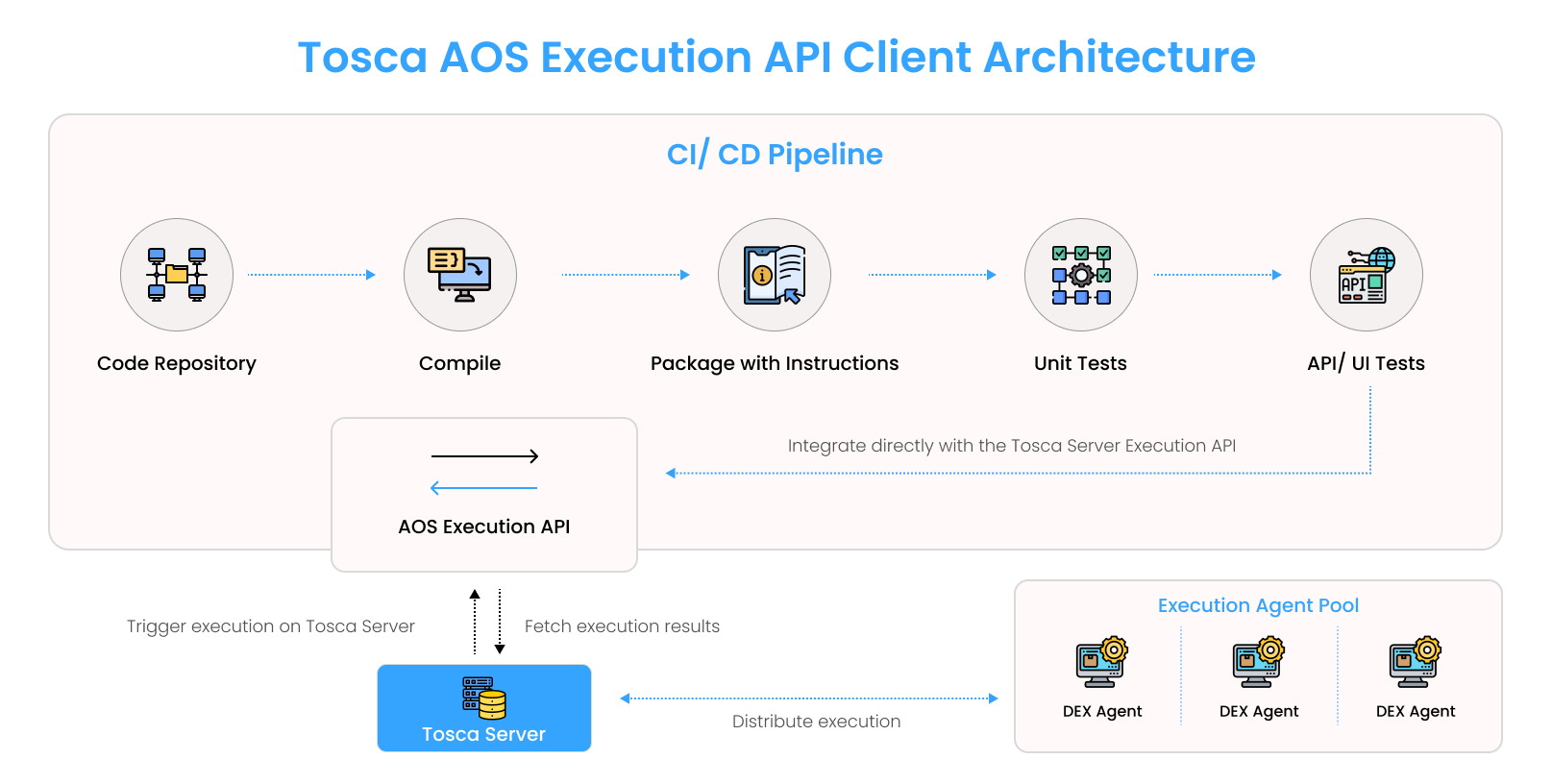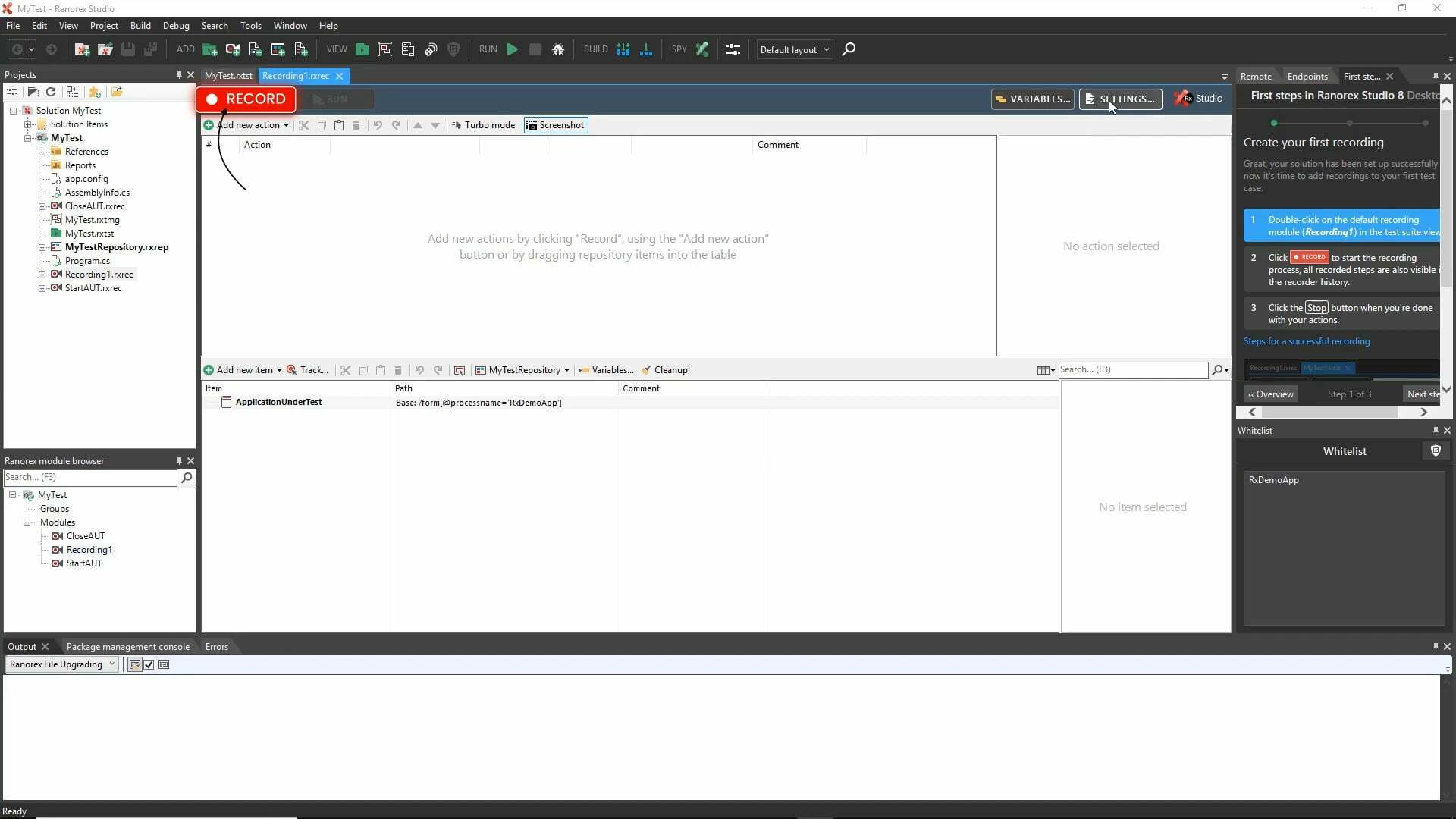Enterprise Resource Planning (ERP) systems, once perceived as mere back-office titans, have now reportedly become the hearts of modern enterprises. From inventory management to financial reporting, ERP systems have started managing a complex flow of data which demands agility and resilience. According to Statista, the global enterprise resource planning (ERP) software market is estimated to expand to around 100.7 billion U.S. dollars by 2025. This is a clear indicator of how businesses wish to take a giant leap forward, mixing conventional ways with next-gen implementations to strive in this tech-savvy era. But with this evolution comes a beast of a challenge, namely, the ERP testing complexity.
Gone are the days of siloed systems and static processes. Today's ERP demands scalability, efficiency, and adaptability. Yet, traditional manual testing methods are sluggish, error-prone, and utterly outmatched by the complex movements of data these systems design. This is where ERP test automation emerges, not just as a knight in shining armor, but also as a smart planner.
From strengthening software reliability to slashing costs and accelerating deployment, test automation adds agility and precision to the testing process. It's about realizing the full capabilities of the ERP system while giving any business the power to navigate complexity and succeed in the dynamic digital market.
So, why do businesses still struggle with implementing automation at the enterprise level, even when their products rely on it for success?
ERP Testing Bottlenecks and Their Strategic Approaches
ERP testing can feel like navigating a complex maze. The complex functionalities, data integrations, and the changing landscape can cast even the most seasoned developers and testers adrift. Such complexities of modern applications demand strategic automation approaches, making automation testing a critical component to overcome the challenges and lead ERP systems to smooth sailing.
-
Simplifying the Complicated Code Chaos
In the quest to conquer ERP testing challenges, the first hurdle is the untangling of the complicated code mess. Modern ERP systems, exemplified by the infamous Waste Management ERP failure, often boast a microservices architecture. This intricate maze of interconnected services and integrations can turn testing into complete chaos, where simple tasks like login demand intricate API calls and Kubernetes navigation.
Solution: To overcome this challenge, developers or testers must first move beyond the one-size-fits-all tools and rather embrace frameworks specifically designed for engaging with the complexities of microservices architectures. Investing in tools like Tricentis Tosca or Katalon Studio that seamlessly interact with APIs, Kubernetes specifics, and external technologies, can be beneficial.
Designing an effective test script becomes comparable to a knowledgeable guide leading a group through a well-organized activity while ensuring data integrity and functionality across different layers and services. In the case of the Waste Management ERP failure, insufficient testing of these intricate microservices resulted in a catastrophic breakdown. Adopting tools like Tricentis Tosca could have enabled developers to navigate the microservices architecture efficiently, preventing such a disaster.

-
Breaking Free from the Pixel Purgatory
As deadlines loom like storm clouds, meticulous checks on UI elements limit test coverage, making understanding core business logic elusive. This “pixel purgatory”, as some call it, can have dire consequences, as evidenced by Hewlett Packard’s flawed ERP implementation. Their pixel-focused testing, while thorough, ultimately obscured critical business logic, leading to a staggering $400 million in lost revenue and $275 million in operating profit.
Solution: The escape from this pixel purgatory lies in the world of API testing, much like how successful companies have learned from their mistakes. API testing is a hidden gem that lets one directly interact with the ERP's business logic while circumventing the complexities of pixel puzzles. Direct testing of purchase orders through APIs, validating data integrity, security headers, and response times provides a comprehensive perspective from the inside out. Tools like Postman or SoapUI seamlessly become allies in this journey. HP's ERP implementation faced challenges arising from pixel-focused UI testing, leading to critical oversights. By incorporating API testing with tools like Postman, HP could have uncovered business logic issues early on, preventing potential financial losses.
-
Balancing Out-of-the-Box with Specific Needs
Navigating the intricacies of balancing out-of-the-box functionality with specific business needs is a challenge faced by companies relying on ERP vendors promising a "ready-to-go" solution. Any unique business process may scream for customization, making testing a balancing act. When dealing with unique business processes that demand customization, testing becomes a delicate balancing act.
A prime example of the pitfalls of customization gone wrong is Hershey's infamous 1999 ERP implementation failure. Their attempt to integrate three separate solutions with extensive customizations led to system-wide breakdowns, crippling their supply chain and costing them over $100 million in lost orders.
Solution: To overcome such challenges, it is important testers embrace a modular testing approach that incorporates automation testing. With the development of test components for core functionalities and the isolation of customized modules for thorough validation, enterprises are able to ensure a seamless testing process. Tools like Selenium Page Object Model can create independent modules, making updates and regression testing a breeze. Moreover, incorporating mock data generators like Mockoon or Apiary can create realistic test data specific to the customizations. This can eliminate the need for production data and accidental manipulation.
Had the chocolate giant embraced a modular testing approach like the Selenium Page Object Model, they might have mitigated the customization-related issues and safeguarded the core functionality of their ERP system preventing the substantial setbacks they experienced.
-
Guarding the Gates of Sensitive Information
ERP disasters often involve breaches of sensitive information. Guarding the gates of sensitive information, and trying to safeguard customer data, financial records, and confidential information faced in ERP disasters can also pose a challenge. The ERP holds critical information about any business, but testing security vulnerabilities can feel like a game of whack-a-mole, with new threats emerging constantly.
Solutions: To establish a robust defense against security threats, it is crucial for testers to integrate security testing into their workflow from the outset and leverage automation testing tools. Using tools like Burp Suite or OWASP ZAP can help scan the ERP for vulnerabilities leading to breaches, such as SQL injection and cross-site scripting, and proactively address them. Additionally, conducting penetration testing with ethical hackers can uncover hidden security flaws, acting as a final line of defense before going live.
-
Managing the Overflow of Information
In ERP disasters, data inaccuracies and migration issues have been common pitfalls which brings our attention to the importance of automation testing. Just so you know the ERP is a data lake, constantly churning with inventory updates, financial transactions, and customer records. Testing data migration and accuracy, therefore, becomes a herculean task, with the potential for errors lurking in every byte.
Solutions: It is recommended that testers embrace data-driven testing methodologies to navigate the complexity of data management while leveraging automation testing. Tools like Cucumber or SpecFlow can help identify and resolve potential errors. Plus, it can ensure that each byte of data is accurately migrated, preventing costly errors in financial transactions and customer records. Additionally, investing in data validation tools like Talend Open Studio or IBM Infosphere Information Server adds an extra layer of scrunity which allows enterprises to compare migrated data with source systems.
-
Adapting to the Evolving Market
Another key challenge involves adapting to the constantly evolving market, much like the perpetual evolution faced by companies with ERP systems. Upgrades, new features, and ever-changing business needs mean testing is a never-ending journey. Besides, maintaining test scripts and keeping pace with the evolving system can feel like chasing a moving target.
Solutions: In order to address this issue, testers ought to employ automation testing frameworks like Robot Framework or Serenity that can promote flexible test code and is easily adaptable to changes. Also, try integrating testing with DevOps pipelines to automate test execution and feedback at every stage of the development process. Furthermore, investment in tools like Ranorex Studio or Katalon Studio that support record and playback functionality is a must. It opens the door for swift test script updates while ensuring tests remain relevant and effective with the evolvement of the system.

From creating products that run at dizzying speed with clockwork precision to hiring associates who know exactly how to wire them that way, ERP as a whole forms the core of an organization’s running. And, when automated testing can lend a powerfully favorable arm in holding up the smooth functioning and sanctity of our systems, why let a couple of roadblocks stop us from stepping into the future?
__________________________________________________________________________
Author Bio: Naini Ghai
Naini Ghai is a seasoned tech luminary and Vice President at ImpactQA with over two decades of expertise in software engineering. With a passion for test automation and cutting-edge concepts, she shares insights at high-profile events and conferences. Recognized as an innovative thinker, Naini navigates the forefront of industry trends, spearheading innovations and disruptive forces that drive tech advancement. Her trajectory and leadership continue to influence and inspire professionals within the software engineering sphere.
References:
https://whatfix.com/blog/failed-erp-implementation/
https://www.panorama-consulting.com/hewlett-packard-erp-system-failure/
Global ERP software market 2019-2026 | Statista





